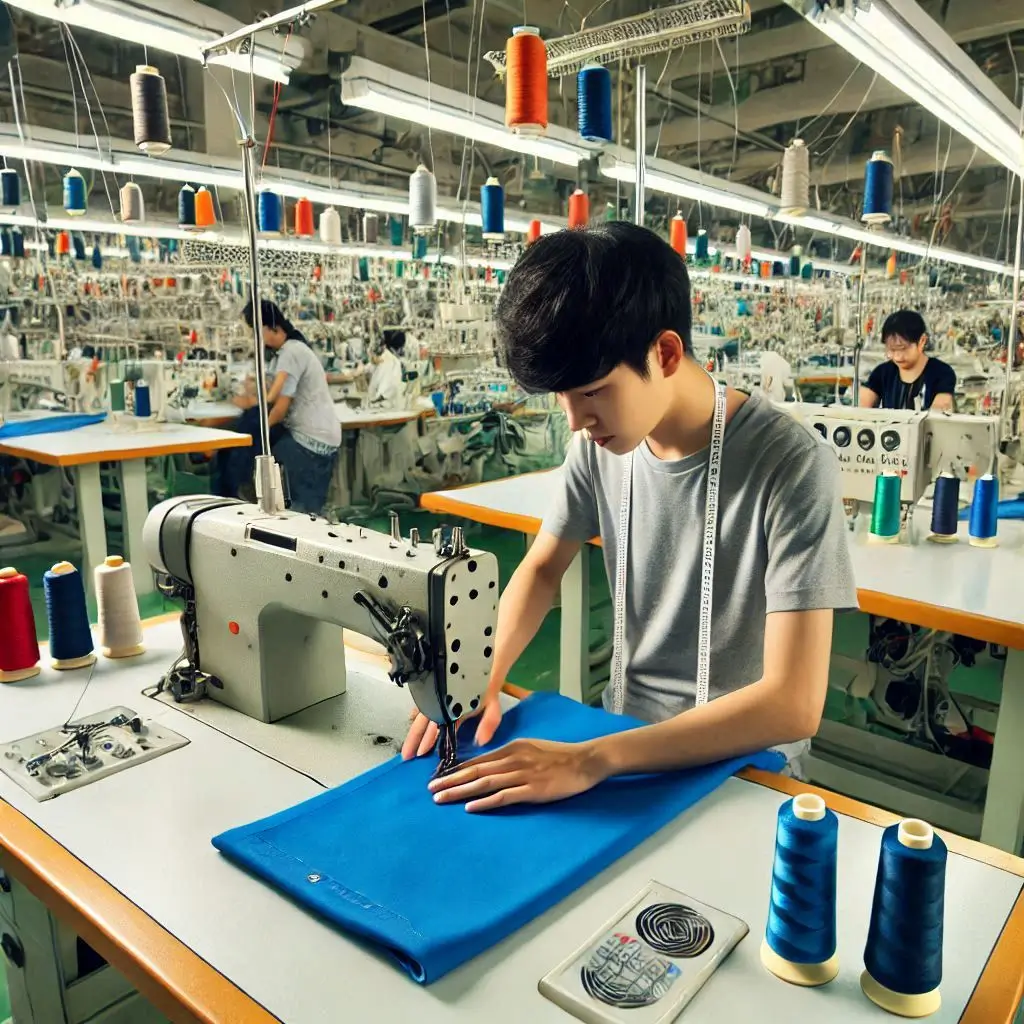Introduction
The fashion industry is an ever-evolving landscape shaped by different forms of market competition. From monopolies, where a single entity controls the market, to monopolistic competition, where multiple brands create unique identities, understanding these dynamics is crucial for both businesses and consumers.

Monopolies in Fashion
In a monopoly, a single company dominates the market, setting prices without competition. This scenario is rare in the fashion industry due to stringent federal laws preventing monopolistic practices. However, essential services like utilities operate as legal monopolies, with government-regulated pricing to prevent exploitation.
Oligopolies: A Tight-Knit Club
In an oligopoly, a handful of companies control the market. This setup is prevalent in the athletic footwear industry, dominated by giants like Nike, Adidas, Skechers, and others. These companies compete on various fronts—innovation, fashion, and celebrity endorsements—yet their dominance makes it challenging for new entrants.
The Case of Oligopsony
Oligopsony occurs when a few buyers dominate the market, purchasing goods from numerous sellers. This is common in agriculture, where products like cocoa are sold by many growers to a limited number of buyers globally. This buyer dominance can influence pricing and market dynamics.
Pure Competition: The Ideal Scenario
Pure or perfect competition features numerous producers and consumers of similar products, with prices driven by market demand. Agricultural commodities like cotton and wool approach this ideal, although external factors such as weather, trade policies, and legislation can impact supply and demand, and consequently, prices.
Monopolistic Competition: The Fashion Norm
Monopolistic competition is the most prevalent form of competition in fashion. Numerous companies offer products that, while similar, are perceived as unique by consumers. This uniqueness is crafted through product differentiation, advertising, distribution strategies, and pricing.
Take denim jeans, for instance. Brands like Levi’s®, Wrangler, and G-Star Raw all offer denim, but each has cultivated a distinct image, allowing them to command different price points. Consumers loyal to a specific brand may even pay a premium for what they perceive as a unique product.
Conclusion
Understanding the various types of market competition in the fashion industry—from monopolies to monopolistic competition—provides insight into how companies operate and compete. This knowledge is not only beneficial for industry professionals but also empowers consumers to make informed decisions.
Excerpt
Explore the fascinating dynamics of market competition in the fashion industry, from monopolies to monopolistic competition, and understand how these structures shape the market landscape.
Contact Information
Email: antor@anto.xyz
Website: https://antor.xyz
Tags
monopoly, oligopoly, monopolistic competition, fashion industry, market dynamics, consumer behavior
Featured Image
Alt Text: Fashion market dynamics visualization
Title: Understanding Market Competition in Fashion
Caption: Different forms of market competition in the fashion industry explained
Description: A visual representation of market competition types in the fashion industry, highlighting monopolies, oligopolies, and monopolistic competition.
I hope this version with more visuals provides a clearer and more engaging presentation. Let me know if there are any other changes you’d like to see! 😊